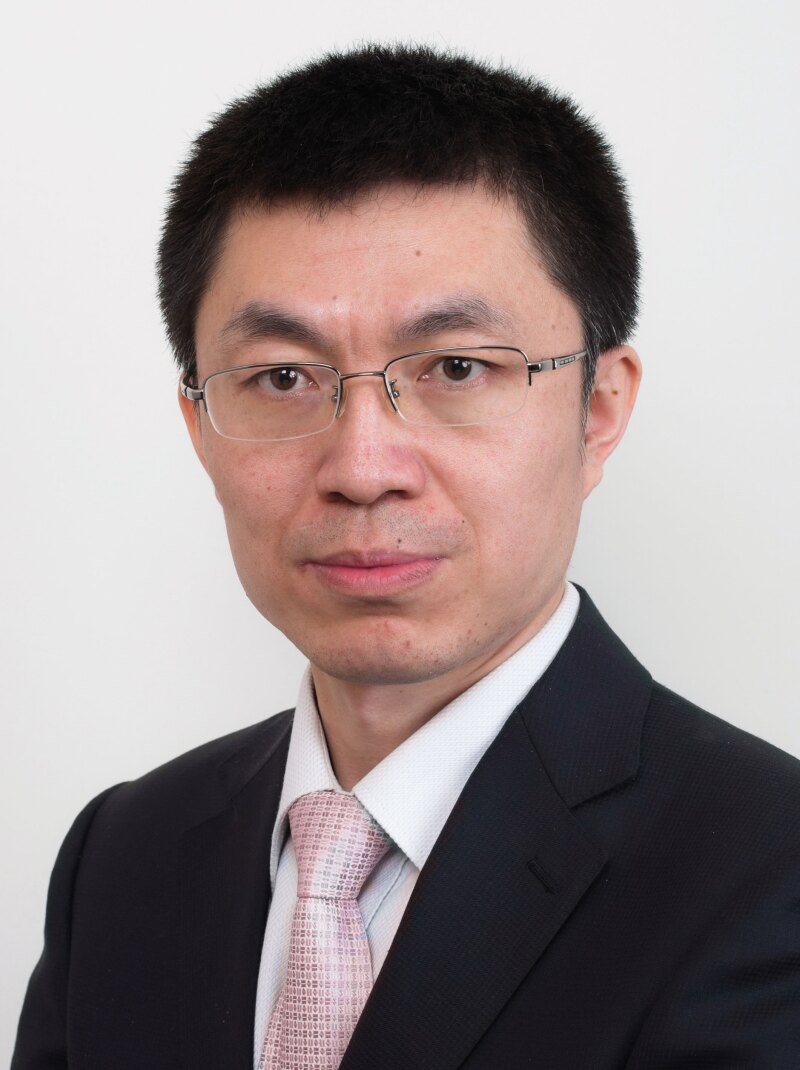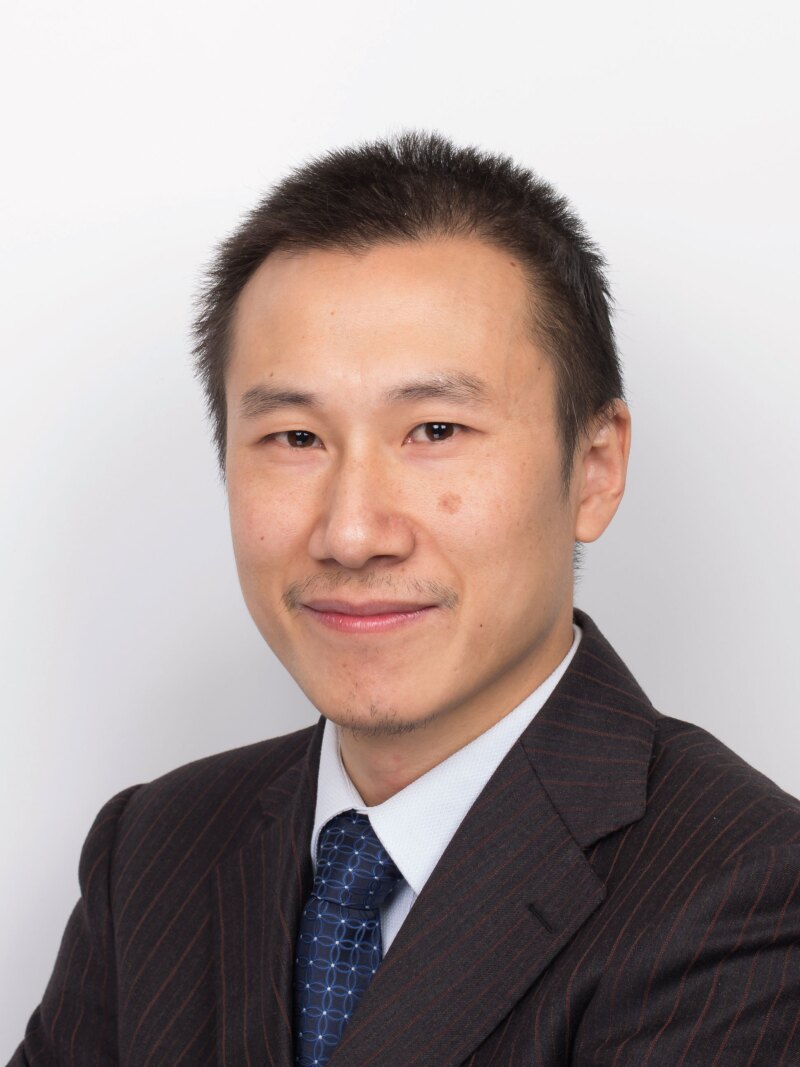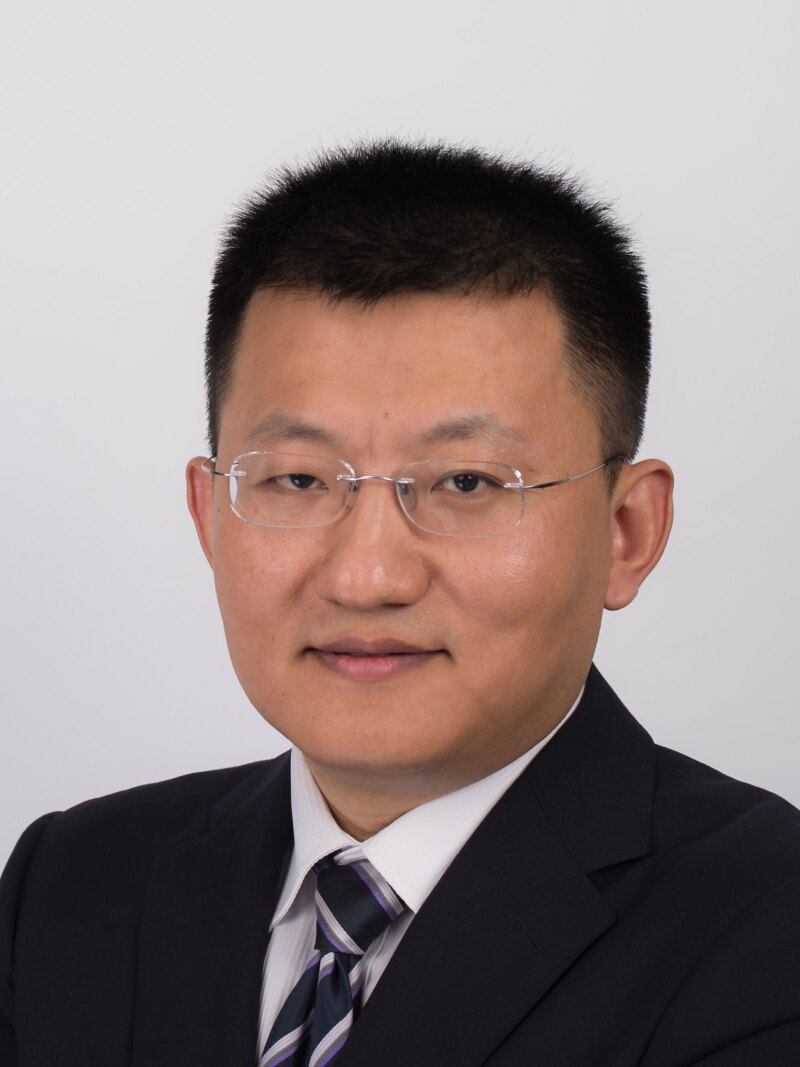Are there any important provisions in the newest draft of the Patent Law amendments?
Xiaoning Yu: On April 1 2014, SIPO published the fourth draft amendment to the Patent Law. This newest draft involves substantive changes to 30 articles, with 18 changes to the current articles, eleven new articles and one deleted article. The changes are mainly related to design patents, patentable subject matters, ex officio examination in patent re-examination and invalidation procedures, service inventions, license of patent right, and enhancement of patent right protection.
1. Design patents
First, the draft extends the term for design patents to 15 years from the filing date. Currently, the term for design patents is 10 years, which is not consistent with the Hague Agreement (1999 version). The proposal is in preparation for joining the Hague Agreement and to accommodate the improving design innovation ability of Chinese enterprises.
Second, partial designs, which cannot be protected by the current Patent Law, will become patentable under the draft. Currently, only the overall design of a product may be protected. Therefore, the applicant has to file a design for the whole product even if only the design for a portion of the product deserves the patent protection, which renders it easy to copy a key portion of the whole product design without infringement. By protecting the partial designs, this problem will be solved.
Third, the draft establishes domestic priority for design applications, which means that a design application may claim priority from a previous first-filed Chinese design application within six months from the priority date.
2. Patentable subject matter
The draft extends the scope of patentable subject matter to include the methods for diagnosing and treating diseases of cultured and bred animals, which are excluded by the current law.
The current patent law excludes from patentability methods for diagnosing and treating diseases. This applies to the methods diagnosing and treating diseases for both humans and animals. With the development of Chinese aquaculture, livestock and poultry farming industries, and recognizing the need to amend the Patent Law to serve the interest of Chinese domestic industries, the draft proposes to make methods for diagnosing and treating diseases for cultured and bred animals patentable.
3. Ex officio examination in patent re-examination and invalidation procedures
To improve patent examination efficiency and the quality of patents, the draft proposes that in re-examination and invalidation procedures, the Patent Re-examination Board (PRB) may examine on its own issues with the invention that were not mentioned in the rejection decision or the invalidation request.
4. Service inventions
The draft redefines the service invention to include only those inventions made by a person in execution of the tasks assigned by the entity to which he belongs.
The inventions made by a person by mainly using materials and technical means of the entity to which he belongs, which are defined as service inventions in the current Patent Law, will be subject to contracts between the inventor and the entity according to the draft. In the absence of such contracts, the right of filing applications for patents for the inventions will belong to the inventor.
5. License of patent right
The draft provides for “license-of-course” for patents and implied license for particular standard-essential patents.
For licenses-of-course, the patentee may announce in writing that he is willing to license anybody to exploit his patent and designate the royalty, and anybody who wants to exploit the patent should pay the royalty to the patentee. During the term of the license-of-course, the applicant cannot issue exclusive licenses to others, and cannot request a preliminary temporary injunction.
For standard-essential patents (SEPs), the draft proposes that if a patentee involved in the setting of national standards does not disclose the SEPs it owns in the course of making the standards, it is deemed that the patentee permits the user of the standards to use the patent. The royalty of the patent may be negotiated between the patentee and the user. If negotiations fail, local patent administrative authorities can set the royalty. If any party is not satisfied with the local authority’s decision, he may file a lawsuit with the court.
Does the proposed amendment make any changes to help improve enforcement?
Yu: Yes, the draft proposes to make the following changes.
First, to reduce the difficulty in producing evidence by the plaintiff to determine damages for infringement, the burden of proof will be transferred to the defendant if the related evidence is possessed by the defendant and the plaintiff cannot obtain this evidence with a best effort.
To solve the issue of low compensation, the draft provides a punitive damage mechanism for wilful infringement cases. The court may increase the damages for infringement to two to three times the calculated damages or statutory damages.
Also, to reduce lawsuit costs and improve patent enforcement, the patent administrative authority is empowered to confiscate or destroy things such as the infringing products and parts, tools and equipment dedicated to conducting infringement. This is designed to deal with wilful infringement cases such as group infringement and repeat infringement and is intended to apply to serious infringers.
To address online infringement, the draft amendment provides imposing a legal obligation on network service providers (NSPs) when the infringement is conducted by the NSP’s users, and is determined based on the “notice-delete” principle.
What are the newest developments regarding patentable subject matter?
Yu: The examination of business-method-related applications by SIPO has changed much in the last year.
Before, the examiner would conduct a three-factor test. He or she would examine whether the claim of the application solves a technical problem by using technical measures to achieve a technical effect. The technical problem was the most important because once the examiner believes no technical problem is solved, the application is usually rejected because it fails to form a technical solution and thus is not patent eligible.
Now, the examiner has abandoned that test, and the business-method-related inventions will be patentable as long as it includesa technical measure, even if one quite conventional such as storing data. In this way, fewer business-method-related applications will be rejected as patent ineligible, and hopefully more such applications may be allowed if inventive elements are included.
How have the new IP courts affected patent practice in China?
Guojun Liu: The Beijing IP Court, the Shanghai IP Court and the Guangzhou IP Court were established late last year and they represent a giant leap forward in China’s IP protection landscape, and bring great changes and deep influences to the patent trials of China.
First, the docketing procedure of the IP courts is standardized and uniform, which may reduce the costs and time for preparing for the lawsuits by the plaintiffs. In the past, the plaintiffs often have to prepare different documents for filing the lawsuits in different courts, which is cumbersome and susceptible to errors. With the standardization of the docketing procedure, such problems will be eliminated.
Second, the judges in the IP courts are highly experienced and professional. For example, as of December 1 2014 all of the judges in the Beijing IP Court had an average of 10 years’ experience of presiding over IP cases, and 91% of them have a graduate degree. The IP courts also introduced the judge assistant system, with assistants taking charge of the procedural aspects of cases. This enables the judges to focus on substantial issues and thereby improve trial efficiency.
Third, the IP courts may introduce technical investigation officers in patent trials. The technical investigation officers are responsible for investigation, inquiry, analysis and determination of technical issues and provide technology-related advice to the judicial panel, making up for the judges’ lack of technical expertise. This will improve quality of trials involving complicated technology by bridging the gap between the judge and the parties in terms of technical understanding.
Have there been any important model cases relating to IP in the last year?
We selected three cases from the Supreme Court and the Beijing Higher Court in the last year which we believe are important for the patent practitioner.
Xiang Zhang: The first case deals with requirements on sufficient disclosure: Apple v Patent Re-examination Board & Shanghai Zhizhen (No 2935 IP Administrative Decision of Beijing Higher Court (2014))
In 2015, the Beijing Higher Court made its final decision, revoking the PRB’s invalidation of patent ZL200410053749.9 based on several grounds, including insufficiency of disclosure of the description. This case has attracted extensive attention because the court made explicit guidance on the requirement of sufficient disclosure which is new on its face.
The patent at issue claims a chatting robot which comprises a filter to determine whether texts received by a communication module are in format language or in natural language and then send the texts to a smart server, a search server or a game server based on the determination result. However, the description fails to disclose or imply that the texts may be sent to the game server according to the result although it does disclose the connection of the game server with other components of the robot.
The patentee argued that those skilled in the art can realize the invention by importing prior art, that by using a language analysis module to analyze the texts and then send the game-related content to the game server. The court rejected this argument. Although the court did not explicitly object to the argument that the invention can be realized in a manner as alleged by the patentee, it emphasized that “to meet the requirement of sufficient disclosure for the inventive or non-obvious point, the information disclosed in the specification should be sufficient, or at least explicit guidance should be provided to lead those skilled in the art to import the corresponding prior art to reach the invention.” Since the description does not teach, disclose or guide those skilled in the art to import the prior art of the language analysis module, the requirement of sufficient disclosure is not met.
The decision of the court imposes a “new” controversial requirement of “an explicit guidance” on the inventive point, which is in great dispute and the subject of much discussion now. It is hoped that more clarification on the criteria of determination of “an explicit guidance” can be given by the courts in the future.
Liu: The next case looks at the impact of technical effects not disclosed in the original description on inventiveness: Yadong Biological Pharmaceutical v Patent Re-examination Board, Huayang Pharmaceutical (No 77 IP Administrative Decision of the Supreme Court (2013).
The patent ZL200510000429.1 of Yadong Biological Pharmaceutical was declared to be invalid by the PRB for failing to meet the requirement of non-obviousness upon the request of Shandong Huayang Pharmaceutical. After trials of the first and second instances, this case was finally retried by the Supreme Court, which then affirmed that the patent did not possess the inventiveness and thus is invalidated.
One of the key issues is whether the technical effect (contribution) which is not in the original description and the comparative data submitted by the patentee should be considered when evaluating the inventiveness.
The Supreme Court held that the technical effect which is not explicitly described in the original description should not be used as the basis for proving inventiveness. The comparison between the data in the specification and comparative data in the evidence submitted by the patentee cannot be carried out as the patentee did not prove that they were obtained under the same conditions, and thus it cannot prove that the notable progress was obtained.
Zhang: The third case deals with ex officio examination conducted by the PRB in re-examination procedures: Patent Re-examination Board v Evonik Degussa Company (No 2 IP Administrative Decision of Supreme Court (2014)).
Accompanying China’s increasing efforts in improving patent quality in recent years, the PRB conducts ex officio examination more frequently than before, sometimes upholding the rejection decision based on grounds not mentioned in the rejection decision. This causes complaints and challenges from the applicants. PRB v Evonik Degussa Company is such a case.
In the rejection decision, the application was rejected on the ground of new matter issue. The applicant requested re-examination. In the re-examination decision, the PRB believed that the Guidelines for Patent Examination empowers it to conduct ex officio examination on “other apparent substantive defects” not involved in the rejection decision, and thus upheld the decision on a different ground – that the application was not non-obviousness. The applicant initiated a lawsuit. The courts of the first and second stance both determined the re-examination decision should be revoked.
The PRB brought this case to the Supreme Court. The Supreme Court dismissed its petition and held that in the re-examination procedure, it is a primary principle to conduct examination on request, and ex officio examination is an exception to this principle and should be strictly limited. As to this case, the non-obviousness issue which is not involved in the rejection decision should not be regarded as “other apparent substantive defects” and thus should not be examined by the PRB.
In this regard, the recent draft of the Fourth Amendment to the Patent Law, which is proposed by SIPO, tends to enlarge the scope of ex officio examination which can be conducted by the PRB. The final result of the legislation in this regard is to be observed.
Guojun Liu

Guojun Liu is a senior patent attorney in the chemical and pharmaceutical department of Liu Shen & Associates.
Dr Liu has extensive experience in matters involving patent prosecution, re-examination and invalidation, as well as patent-related administrative litigation and infringement lawsuits, especially in the field of pharmaceuticals, chemistry and biology. He has represented several big international companies in well-known invalidation cases and lawsuits.
Dr Liu holds a BS in chemistry and a PhD in organic chemistry, both from Fudan University (China). He completed his master program of civil laws in China University of Political Science and Law in 2015 and now is studying for an LLM at John Marshall Law School in Chicago.
Xiang Zhang

Xiang Zhang is an attorney at law and patent attorney in China.
Zhang specializes in patent invalidation, litigation and dispute resolution before administrative agencies and the courts, as well as counselling on IP strategies and patent clearance searches. He also specializes in patent prosecution matters involving printers, facsimile machines, cameras, elevators, displays and other mechanical and electrical devices. He has represented a number of multi-national corporations in litigation cases both to enforce their patents and to defend against infringement claims in China.
Zhang received bachelor's degrees in mechanical engineering and economics from Tianjin University in 2002, and a master's degree in mechanical engineering also from Tianjin University in 2005. He completed his master programme of civil laws at the China University of Political Science and Law in 2015 and now is studying for an LLM at John Marshall Law School in Chicago.
Zhang joined Liu, Shen & Associates in 2007. Prior to that, he worked at the US multi-national P&G for approximately three years as a project manager.
Xiaoning Yu

Xiaoning Yu is an attorney at law and patent attorney in China. He joined Liu, Shen & Associates in 2004, and was qualified as a Chinese patent attorney in 2006 and an attorney at law in 2009.
Yu has prosecuted thousands of applications in China and overseas in the electrical and electronic fields, with a focus on computers, wireless and optical communications, image processing and circuits. Yu also has considerable experience in patent invalidation, patent litigation and dispute resolution. He has represented several well-known foreign companies in their patent infringement cases in China.
Yu received his bachelor's degree and master's degree in electronic engineering from Tsinghua University in 2001 and 2004 respectively, and afterwards joined the firm. He completed his master programme of civil laws in China University of Political Science and Law in 2015, and now is attending the LLM program on intellectual property law at the John Marshall Law School in Chicago.










